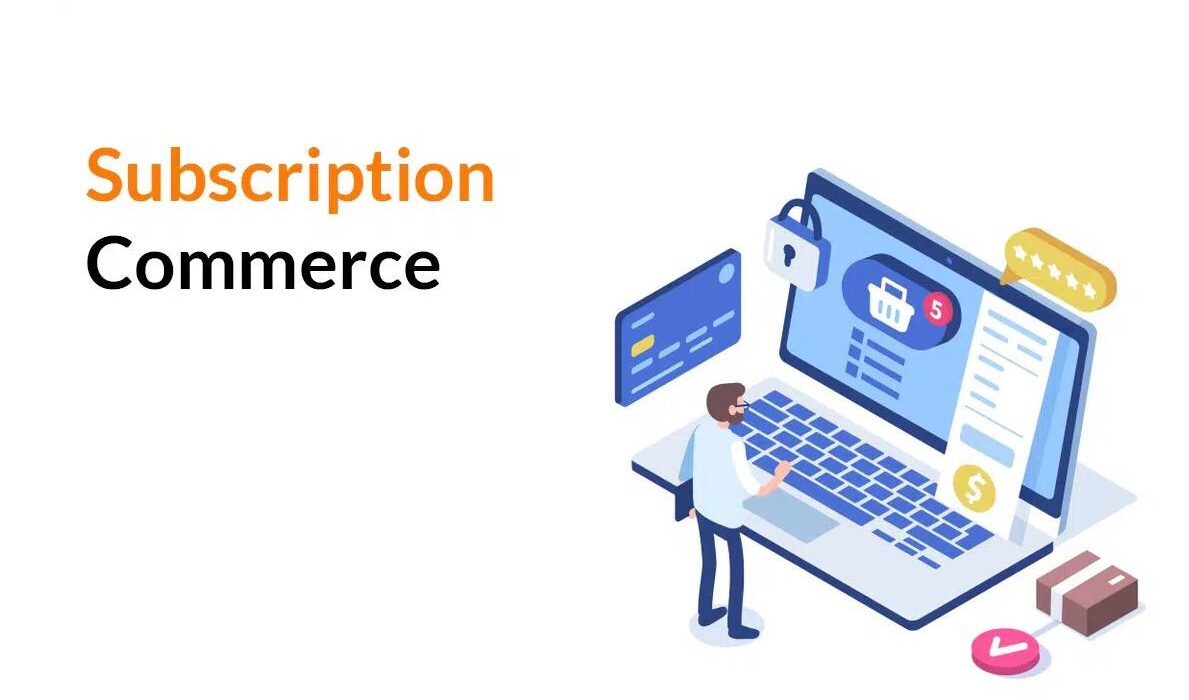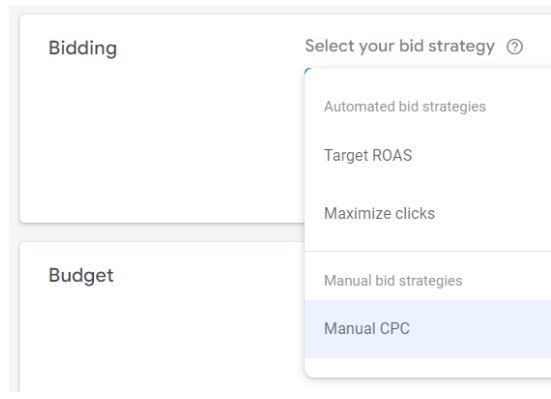Subscription commerce is a 🔄 business model where companies offer products or services to customers on a recurring basis, typically in exchange for a fixed fee. This has become an increasingly popular strategy in recent years, with a growing number of businesses adopting it across various industries. The subscription commerce market size in the US is expected to reach $554 billion by 2025, according to projections. This indicates the significant growth and potential of this business model.
The Power of Subscription E-Commerce
The subscription e-commerce market comes in various forms, including service subscriptions, subscription boxes, and digital content subscriptions. Service subscriptions focus on regularly used services, whether it’s streaming music 🎵 or car cleaning 🚗.
💳 Payments for subscription e-commerce can be made online or offline, accommodating everyone from women and men to kids. Industries such as beauty, food, fashion, entertainment, health, and more are embracing subscriptions to provide convenience and value to their customers.
📊 The market is segmented by subscription types, payment modes, end-users, and applications. This segmentation helps to break down the market into smaller, more manageable parts for better understanding.
Benefits of Subscription Commerce
Subscription commerce is revolutionizing how businesses operate and how customers shop. For businesses, subscription models bring numerous advantages. One of the most significant benefits is the ability to ensure predictable, recurring revenue streams, which allows for more accurate financial planning and stability. Additionally, subscription models help foster deeper connections with customers, enhancing loyalty through regular interactions and consistent delivery of value.
This creates trust and turns one-time buyers into lifelong patrons. Another key advantage is access to invaluable customer data and insights. Subscriptions provide a wealth of information on customer preferences and behaviors, enabling businesses to make informed decisions and craft personalized marketing strategies.
Furthermore, subscription models often elevate average order values (AOV) and customer lifetime values (LTV). Subscribers tend to spend more over time, leading to higher overall revenue. Businesses also benefit from reduced customer acquisition costs, as retaining existing subscribers is often more cost-effective than continuously acquiring new customers. Moreover, subscription models streamline inventory planning and management, as predictable demand patterns allow for better forecasting and inventory control.











Leave feedback about this